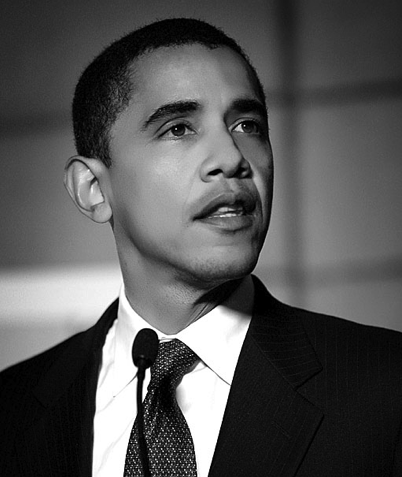The first model is based on the idea of multiple folds making up a whole. It would have been better to create it all out of one piece of card, but I am pleased with the overall effect. I felt it was important to include the A3 base in the model so there is interplay between the positive and negative space and use of light and shadows.


For the second model we were required to explore a part of Sydney's CBD and develop a response to our experience, through a 2D collage, text and ultimately model. My main reaction was the sense of layering and revealing and concealing of views as I walked down Hunter Street. My chosen found material was semi-opaque plastic containers which lent themselves to the notion of layering and gradual concealment. I cut into the base to try and emulate the sense of perspective I felt when looking up at the buildings, and the labyrinth the streets produce. I could have incorporated the textured playdoh more and this was the weakness of the scheme.




The third and final model was an investigation into the use of balsa wood as a modelling material. We were required to investigate and test a number of joinery techniques and means of using balsa in innovative ways.
My chosen word was 'Peace' and from that I looked into the definition of peace both texturally and through imagery. I decided to use the Ying-Yang as my representation of 'Peace' as to me it meant disparate parts joined together in harmony to create a whole. This related well both to my understanding of the 'The Fold' and to the joinery techniques of balsa, and this became a central theme to my model. I treated my poster as a record of this thought process and a reflection on my understanding.
My model was designed to celebrate timber joinery and the production of a whole from multiple pieces. I deliberately set myself the challenge of not using any glue, only joinery techniques to hole the whole model together. I wanted the base to reflect back the arch, as a mirror would, in the theme of the 'Ying-Yang', positive to negative. This final model was a good review to my journey of the workshop, as it incorporated all that I had learnt from the past weeks. I very much enjoyed the chance to express my design ideas in a spatial sense.













































